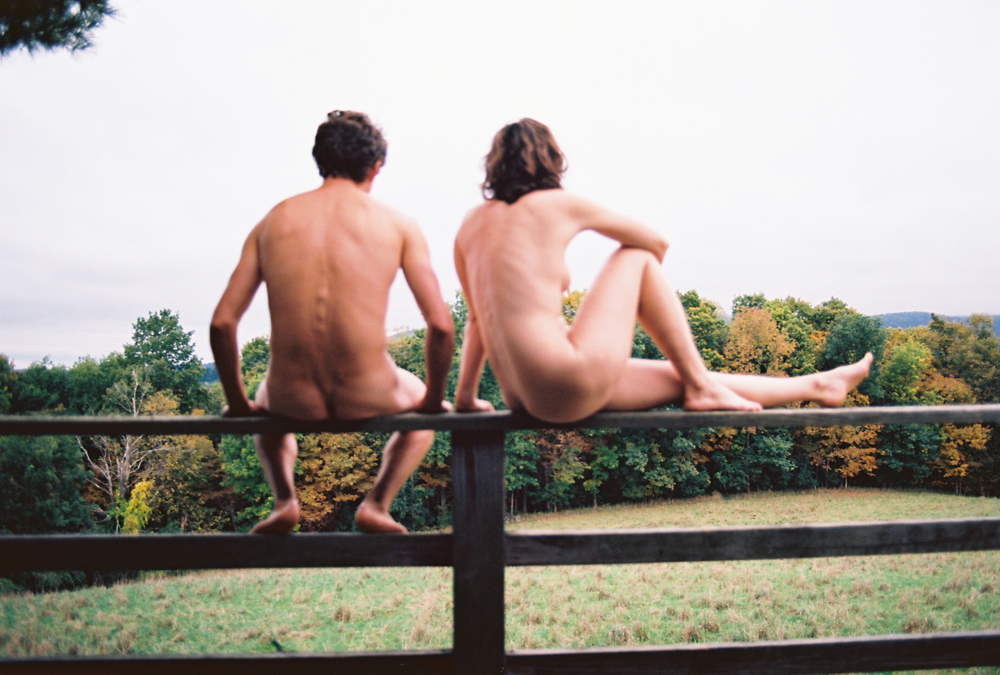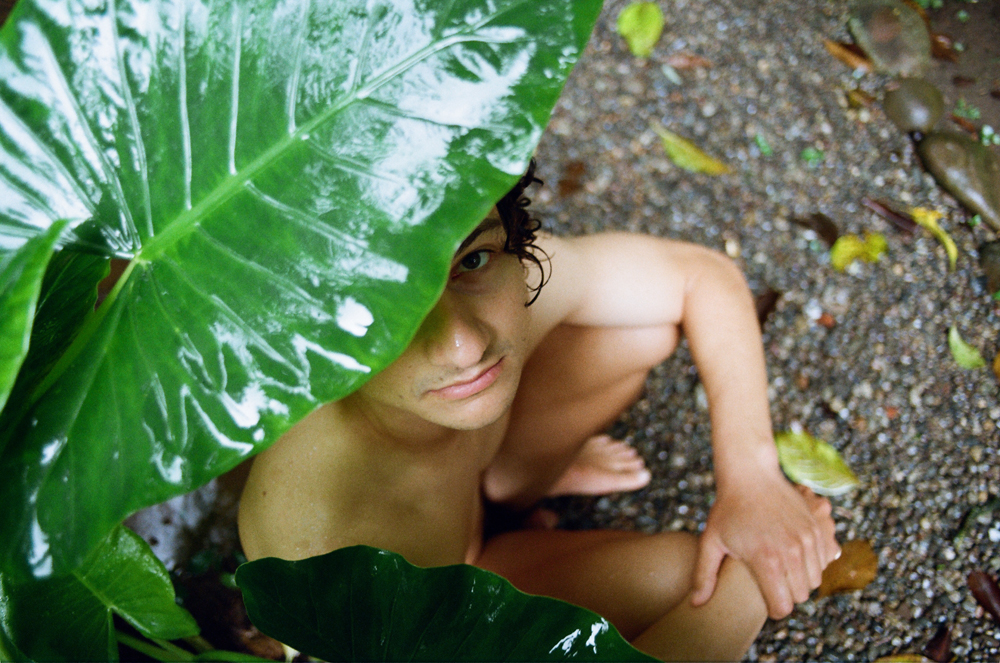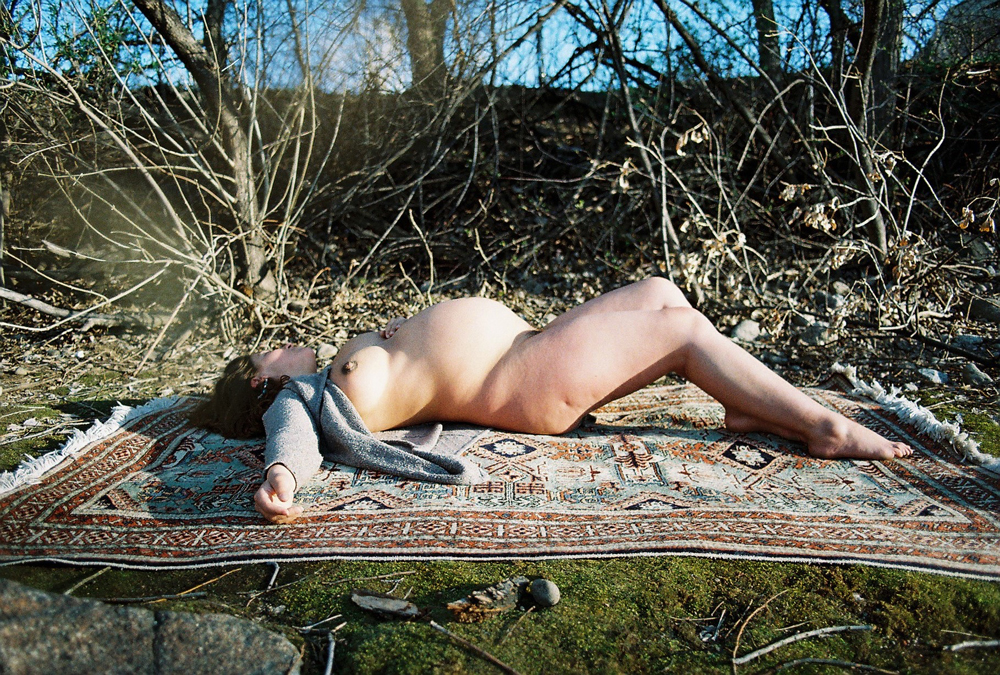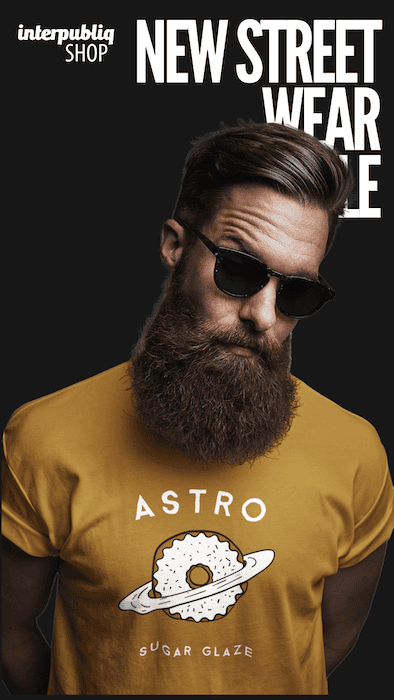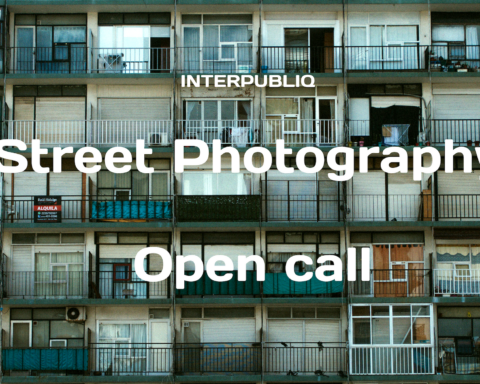Angelina Hernandez, a photographer, writer, and psychotherapist, draws her deep-rooted connection to photography from her childhood experiences of transience and curiosity. Introduced to the art at age seven through disposable cameras, she found solace in capturing fleeting moments amidst constant change. Now based in Brooklyn, New York, Angelina’s creative process is fueled by the city’s vibrant energy and diverse inhabitants. She commits to shooting exclusively on film, rejecting post-processing in favor of embracing the imperfections that define human existence. Through her lens, she seeks to uncover the raw beauty of life, celebrating its quirks and idiosyncrasies. Photography for her is a sacred practice, allowing her to engage fully with the present moment and embrace the richness of human experience, one frame at a time.
How did your childhood experiences, particularly with self-portraits on disposable cameras, shape your journey into photography?
As a child, I was insatiably curious and observant. I was obsessed with trying to understand how things worked, especially human relationships and natural phenomena. I loved to watch people. When I was handed my first disposable camera by my Grandmother around age 7, creating portraits became a natural pastime. My family moved around a lot, often leaving behind friends, trees, and neighbors that I loved. For this reason, I had a sense, even at that early age, that things were always changing. Photography became a way to capture people and places that might soon disappear or be taken away. Those early self- portraits were a practice in magic making: preserving a moment, a version of myself, an ephemeral set of circumstances that will never be exactly the same again.
Living in Brooklyn, NY, how does the city’s atmosphere inspire or influence your creative process as a photographer, writer, and psychotherapist?
New York City is a concrete jungle, it’s true! I am deeply inspired by the diversity, range, and sheer eclectic nature of the folks who call this place home. It feels like everything is alive here. Alive and gritty and loud and strange. On one of my first nights living in Brooklyn, I awoke at 5 AM to the sound of someone with a boombox walking by my window. They were dressed only in a large black trash bag. I thought: wow, people do whatever they want here. I am inspired by the city’s freedom to live in strange and grandiose ways. The rawness of this places encourages me to dig further within myself, searching for images, words, and emotions that are fully authentic.
Your commitment to shooting exclusively on film without post-processing is distinctive. Could you delve into the reasons behind this choice and its impact on shaping your artistic vision?
We live in a time where our world of images is dominated by smooth, plastic, filtered products. I want to understand what it means to be human. In other words, I want to understand what it means to be messy and imperfect. The strange quirks, “flaws,” and idiosyncrasies are what make people (and life) interesting to me. I don’t want to see photoshopped images of “perfect” bodies, I want to see the natural folds, freckles, and stretch marks that are proof of living. I choose to shoot film because it demands my attention in a full and complete way. When I create an image, I am in touch with every element of the moment: the light, the subject, the emotion present, my own breath. I am in a living relationship with what is happening. This process feels sacred to me. I am always wondering: how can I open? How can I accept and love things as they are? How can I be receptive to the teachings of this moment? The slow, manual nature of film allows me to live my way into the answers.
Exploring human emotions and connections is a central theme in your work. Can you elaborate on your approach to capturing these elements through your photography?
Nudity is an incredibly intimate experience. To be naked, uncovered, bare.. Is to be fully vulnerable. I believe that, as social creatures, each of us is hungry to be seen, understood, and accepted as we are. My photography is meant to offer this gift, the gift of being witnessed, to those who I create with (as well as myself). If we want to be witnessed, we have to show ourselves. This truth gets at the nature of so much pain for many folks.. We have been taught that we are not worthy, not good enough, somehow deficient. Our barriers to intimacy reflect our fears and the ways that we’ve been judged or rejected. When I photograph someone, we are in relationship. I approach them with the grace, respect, and kindness that I believe all beings are deserving of. In this space, we find our edges, fears, and barriers. We work on being in contact with ourselves and one another, which requires an awareness of our emotions and experience of (dis)connection.
Challenging beauty standards and ideals is a prominent aspect of your artistic mission. How do you manifest this goal in creating visual narratives within your photographs?
I photograph people as they are. Naked, honest, unedited and unprocessed. For me, this is an act of rebellion in a society that is always telling us we are not beautiful enough.. A society that capitalizes off of our insecurities. By refusing to participate in this cultural climate, which I often refer to as, “the plague of not- enoughness,” I create spaces and opportunities for folks to see real bodies. Real stories. Real humans who, like them, are imperfect and yet so very beautiful.
Describing the body and nudity as an intimate landscape is intriguing. What draws you to this perspective, and how do you convey it through your photographic work?
I have been meditating for many years. One of the first prompts I received when I began to meditate was to, “take a look inside my inner landscape.” As a visually minded person, this suggestion fascinated me. My first nude self- portraits were shot in Hawai’i and were my exploration of that land (as well as my own changing body). In those images, I felt that I was part of the landscape- no different than a hunk of volcanic rock or the wide, expansive ocean. We are nature too, aren’t we? Thinking of my inner and outer body as a landscape is a way that I honor my own sanctity, connectedness, and divinity. When I hold others in this perspective, I can see them more clearly and love them as I love any expansive vista– without asking for it to be different.
Balancing roles as a photographer, writer, and psychotherapist is unique. How do these different facets intersect or influence each other in your creative endeavors?
All of my work is a meditation on what it means to be alive. My photographic exploration is a visual examination of the same questions that my writing and psychotherapy practices are asking. These practices inform one another, and are in active dialogue. They often overlap. For example, when I have a challenging session with a client in therapy, one of the ways I process the leftover emotion is to create self- portraits. I am tirelessly inquiring: how do we feel more deeply? Connect more authentically? Love more fully? Through photography, writing, and my psychotherapy work, I am, if nothing else, finding more questions.
Encouraging self-acceptance is a key element in your artistic mission. How do you envision your work contributing to fostering a sense of self-acceptance in your audience?
My greatest wish is that my vulnerability will be an offering to those who are likewise hungry to be known. Vulnerability is a risk. It can be terrifying, exhilarating. For me, that’s the point. Anything worth value merits looking our fear in the eyes. I hope that I can model what it means to be raw, real, tender and sensitive.. And that, through this modeling, others can recognize the strength in their own softness. I am trying to understand what it means to give and receive love. For me, acceptance is at the heart of love. If I can love myself despite- and because of- all my unique qualities and imperfections, can’t you, too? Don’t those things make us special?




